Animals
-
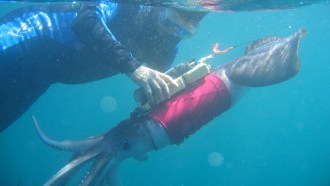 Animals
AnimalsHumboldt squid flash and flicker
Scientists capture the color-changing behavior of Humboldt squid in the wild.
-
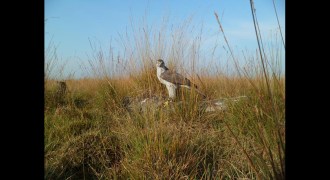 Animals
AnimalsIf pursued by a goshawk, make a sharp turn
Scientists put a tiny camera on a northern goshawk and watched it hunt. The bird used several strategies to catch prey, failing only when its targets made a sharp turn.
-
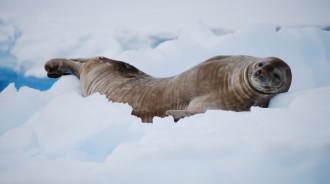 Animals
AnimalsDiving marine mammals take deep prey plunges to heart
In spite of their diving prowess, Weddell seals and bottlenosed dolphins experience irregular heart rates when they venture beyond 200 meters under the sea.
-
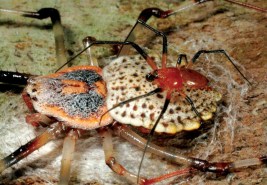 Animals
AnimalsCringe away, guys — this spider bites off his own genitals
After sex, a male coin spider will chew off his own genitals, an act that might help secure his paternity.
-
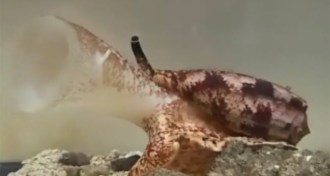 Animals
AnimalsCone snail deploys insulin to slow speedy prey
Fish-hunting cone snails turns insulin into a weapon that drops their prey’s blood sugar and eases capture.
By Susan Milius -
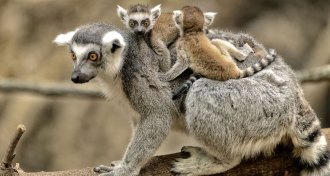 Animals
AnimalsLemurs aren’t pets
The first survey of lemur ownership in Madagascar finds that thousands of the rare primates are held in households.
-
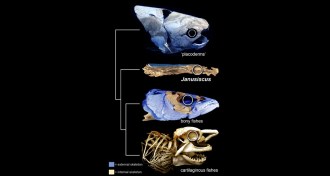 Life
LifeFossilized fish skull shakes up the evolutionary history of jaws
Analysis of a 415-million-year-old fossilized fish skull suggest that the earliest jawed vertebrates probably looked a lot like modern bony fish.
-
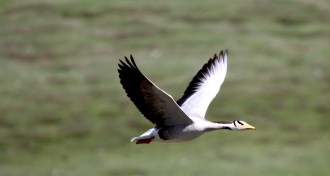 Animals
AnimalsMountain migration is a roller coaster for bar-headed geese
Bar-headed geese rise and fall to match terrain below them when migrating over the Himalayas.
-
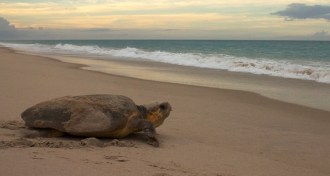 Animals
AnimalsEarth’s magnetic field guides sea turtles home
Over 19 years, geomagnetic fields changed slightly and so did loggerheads’ nesting sites.
By Julia Rosen -
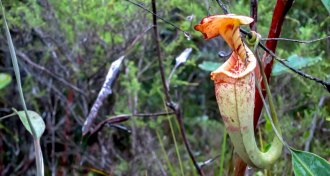 Plants
PlantsTricky pitcher plants lure ants into a false sense of security
Carnivorous pitcher plants exploit social lives of ants as scouts escape and inadvertently lead nest mates to death trap.
By Susan Milius -
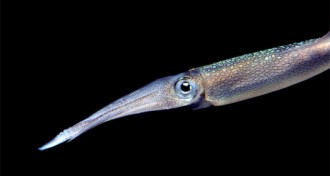 Animals
AnimalsSquids edit genetic directions extensively
In squids, RNA editing means that DNA often does not get the final say in which proteins are created.
-
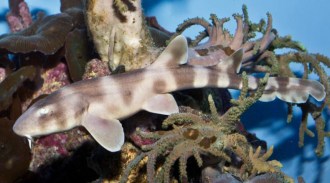 Animals
AnimalsPaternity test reveals father’s role in mystery shark birth
A shark pup was born in a tank with three female sharks but no males. A genetic study finds that the shark must have stored sperm for nearly four years.